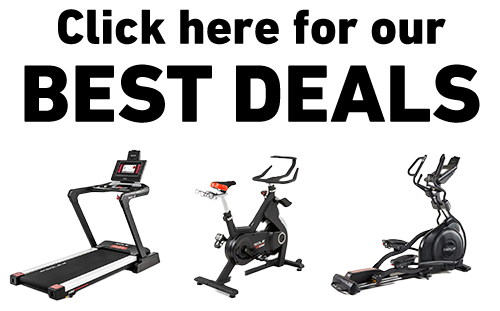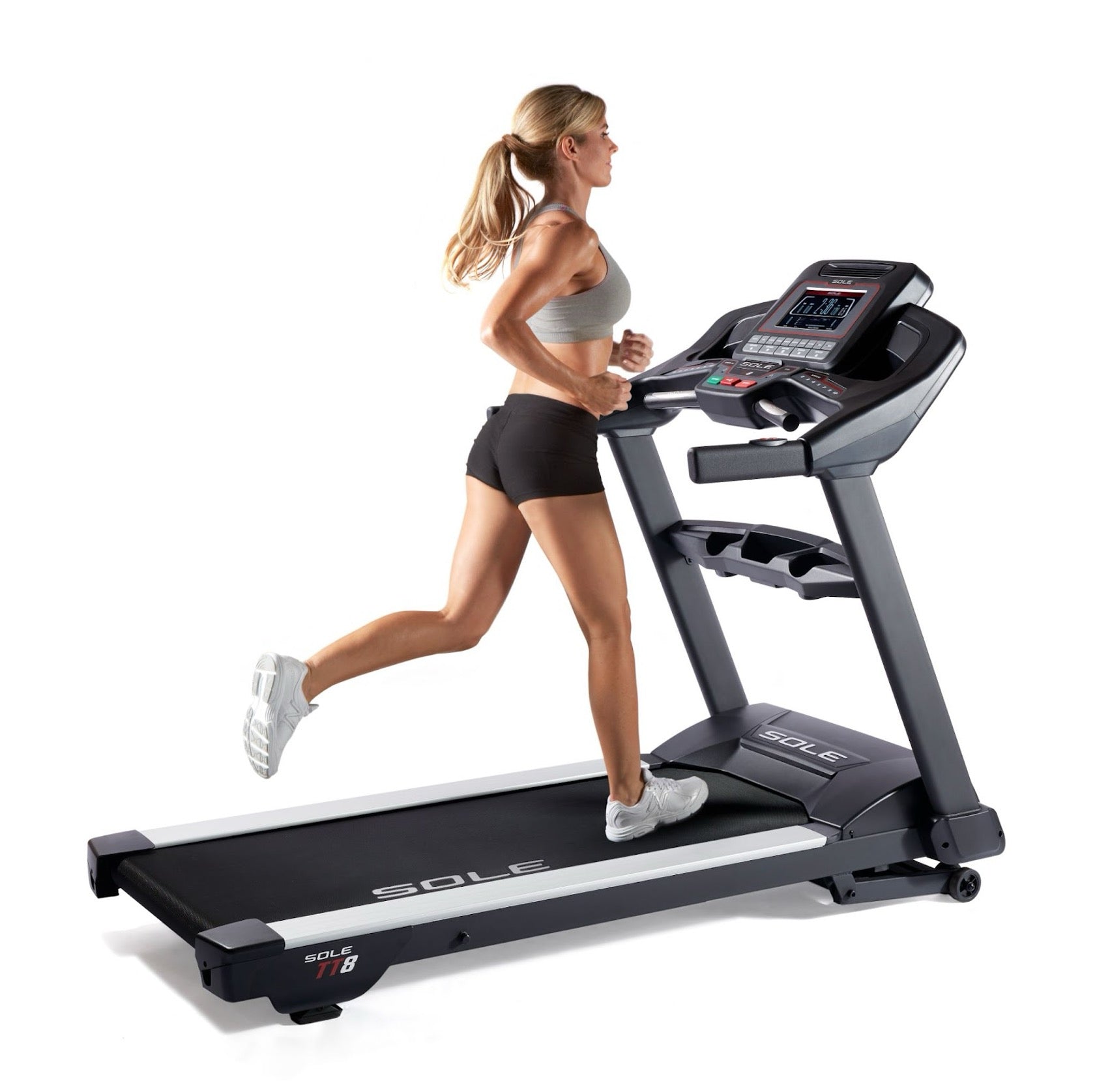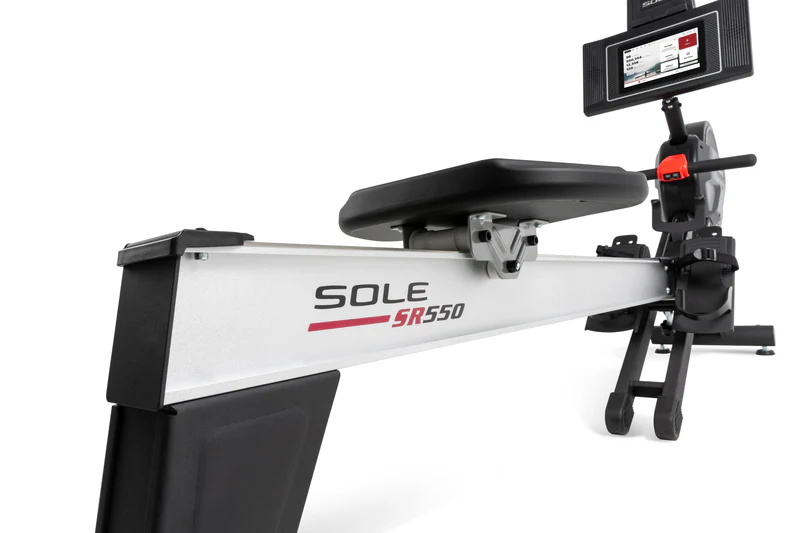Key Takeaways
- Rowing exercises help to build a bigger and stronger back, targeting major muscles like the lats, traps, and rhomboids.
- The Steady-state Rowing, Interval Training, Power Strokes and Seated Cable Row are top exercises for back development.
- Maintaining proper form in rowing exercises prevents injuries and maximizes muscle engagement.
- Our SR550 Rowing Machine provide the smooth, consistent resistance needed for effective back workouts
Maximize Your Back Growth with Rowing
Understanding the Back Muscles
There are a few muscles that make up your back - and they can all be strengthened with rowing exercises. But first, let’s check out the back muscles (image courtesy of BarBend).
- The latissimus dorsi, or lats, are the broadest muscles in your back. They give your back its width and are crucial for any pulling movement.
- The trapezius muscles, located in the upper back, support your neck and help in shoulder movements.
- The rhomboids, situated between your shoulder blades, are key for retracting the scapula, which is vital for good posture.
- Let's not forget the posterior deltoids, which are part of the shoulder muscles. They help stabilize your shoulders during rowing exercises.
Together, these muscles create a powerful and aesthetically pleasing back that supports you in daily activities and other workouts.
Benefits of Rowing for Back Muscles
The primary muscles targeted during rowing exercises include the latissimus dorsi, trapezius, rhomboids, and the posterior deltoids.
Rowing exercises also improve your posture and stability. A strong back supports your spine, reducing the risk of injuries and enhancing your performance in other exercises.
Importance of Form in Rowing Exercises
Proper form prevents injuries, and ensures that you're engaging the right muscles.
Most importantly, maintaining good form helps you lift heavier weights, leading to better muscle growth over time.
Always keep your back straight and core engaged. Avoid rounding your shoulders and maintain a neutral spine throughout the exercise.
Control is key. Focus on the contraction of your back muscles as you pull, and don't rush through the movement. A controlled, deliberate pace will yield better results and reduce the risk of strains or injuries.
|
At SOLE, we're proud to offer top-quality exercise equipment designed for home and gym use. Our machines are built to meet the highest standards of durability and performance, making them ideal for fitness enthusiasts at any level. SOLE Products
|
Top 3 Exercises for Bigger Back Muscles
1. Steady-State Rowing
This is a continuous, moderate-intensity rowing session ideal for building endurance and strengthening your back muscles.
How to Perform:
- Set the resistance to a moderate level.
- Maintain a steady pace, focusing on proper form.
- Engage your lats, traps, and rhomboids during the pulling phase.
- Aim for 20–30 minutes of consistent rowing.
2. Power Strokes
Power strokes emphasize explosive pulls to maximize back muscle engagement.
How to Perform:
- Row at a steady pace for 2 minutes as a warm-up.
- Perform 10–15 powerful strokes by pushing hard with your legs and pulling forcefully with your arms.
- Return to steady rowing for 1 minute, then repeat for 5–10 sets.
3. Interval Training
This combines high-intensity bursts with recovery periods to build strength and endurance.
How to Perform:
- Sprint row at maximum effort for 30 seconds.
- Recover by rowing at a slow pace for 1 minute.
- Repeat for 8–10 rounds.
Focus on engaging your back muscles during the pull phase.
4. Seated Cable Row
The Seated Cable Row offers controlled movement that targets the middle back, making it a staple in many back workouts.
One of the primary advantages is the ability to maintain constant tension on the muscles throughout the movement, which is necessary for muscle growth.
The seated position provides better support for your lower back, reducing the risk of strain or injury. This makes it a safer option for individuals with lower back issues.
How to Perform:
- Sit on the bench with your feet firmly placed on the platform.
- Grab the handle with both hands and sit upright with your back straight.
- Pull the handle towards your abdomen, keeping your elbows close to your body.
- Squeeze your shoulder blades together at the end of the movement, then slowly return to the starting position.
Maintaining a straight back throughout the exercise is essential to prevent injuries and ensure the targeted muscles are engaged properly.
Variations and Adjustments
To keep your workouts fresh and challenging, consider incorporating variations of the Seated Cable Row.
You can change the grip from overhand to underhand, which shifts the emphasis to different parts of the back and biceps.
Another adjustment is using a single handle for a one-arm row, allowing you to focus on unilateral strength and correcting any muscle imbalances.
Tips to Enhance Rowing Performance
- Progressive Overload: Gradually increase the weight or resistance in your exercises to continually challenge your muscles and stimulate growth.
- Vary Your Grips: Experiment with different grips to target various parts of your back and prevent workout monotony. The right rowing machine can make all the difference.
- Focus on Form: Prioritize proper form over lifting heavier weights to avoid injuries and ensure effective muscle engagement.
- Rest and Recovery: Allow your muscles time to recover by incorporating rest days and getting adequate sleep.
- Be Consistent: Perform rowing exercises regularly, ideally 2-3 times a week, to see noticeable improvements in your back strength and size.
Incorporating Progressive Overload
Progressive overload is a fundamental principle in strength training. It involves gradually increasing the amount of stress placed on your muscles during workouts. This can be achieved by increasing the weight, reps, or sets over time.
To apply progressive overload in your rowing exercises, start by tracking your current weights and reps.
Each week, aim to add a small amount of weight or increase your reps. This gradual increase ensures that your muscles are continually adapting and growing stronger.
Using Different Grips
Changing your grip can significantly impact which muscles are targeted during rowing exercises.
By varying your rowing grip, you can ensure a well-rounded back workout that hits all the key areas.
For instance, a wide grip emphasizes the upper back and traps, while a narrow grip targets the middle back and lats.
Experiment with different grips, such as overhand, underhand, and neutral, to see which ones work best for your goals.
Focusing on Proper Form
When form breaks down, the stress is often shifted away from the intended muscles to other body parts, reducing the effectiveness of the exercise. Here’s how you can have proper form:
- Start by mastering the basic rowing motion before adding significant resistance. Keep your back straight throughout the movement—never rounded or hyperextended.
- Engage your core muscles to stabilize your spine and maintain proper alignment. During the pull phase, focus on initiating the movement with your back muscles rather than your arms.
- Think of your arms as hooks that connect your back to the handle, while your powerful back muscles do the actual pulling work. This mind-muscle connection increases the effectiveness of each repetition.
Record yourself occasionally to check your form from different angles, or work with a fitness professional who can provide feedback.
Recovery and Rest Periods
Allow 48 hours of rest between intense back workouts to promote muscle recovery and growth. Incorporate active recovery, such as light cardio or stretching, to aid in muscle repair.
Also ensure you get 7-9 hours of quality sleep each night to support recovery and overall performance.
Being Consistent with Your Rowing Routine
Even the most perfectly designed program will fail without regular implementation over time.
That’s why you should establish a realistic rowing schedule that fits into your lifestyle—one you can maintain long-term. For most people, training the back 2-3 times per week provides the optimal balance between stimulus and recovery.
You can also create a calendar of your planned workouts and track your adherence. Progress in back development is rarely linear. Expect plateaus and occasional setbacks, but don't let these derail your consistency.
Finding ways to enjoy your rowing workouts increases adherence. This might mean training with a partner, listening to motivating music, setting specific performance goals, or rewarding yourself after achieving workout milestones.
Build a Bigger Back with SOLE Rower
The SOLE SR550, built for high-intensity training, offers the powerful resistance needed for serious back muscle development. Its design allows for the explosive rowing movements that stimulate muscle growth effectively.
The combined air and magnetic resistance system provides smooth, consistent tension throughout each stroke, allowing you to maintain perfect form while challenging your back muscles.
What sets the SR550 apart is its ergonomic design that supports proper positioning during all the specialized back exercises described above.
The comfortable handle accommodates various grip positions so that you can target different areas of your back with precision.
The machine's stable frame ensures you can focus entirely on your back engagement without worrying about stability issues, even during the most intense power pulls.
For serious fitness enthusiasts looking to develop impressive back muscles, the SR550's adjustable resistance levels allow for progressive overload - a key factor in continued muscle growth.
The 10.1-inch touchscreen makes tracking your performance metrics effortless, helping you ensure you're making consistent progress with each workout.
Ready to take your back exercise to the next level? Check out our SOLE SR550 Rower today!
Frequently Asked Questions (FAQ)
Can rowing exercises alone build a big back?
Yes, rowing exercises can significantly contribute to building a bigger and stronger back. They target all the major back muscles, providing a comprehensive workout.
However, for optimal results, it's beneficial to include a variety of back exercises, such as pull-ups and lat pull-downs, in your routine.
Should I use heavy weights for these exercises?
Using heavy weights can be effective for muscle growth, but it's crucial to prioritize form over weight.
Start with a weight that allows you to maintain proper form and complete the desired reps and sets. As you become more comfortable and confident, gradually increase the weight.
How often should I perform rowing exercises?
Aim to include rowing exercises in your routine 2-3 times a week. This frequency allows for adequate muscle stimulation while providing enough time for recovery.
Ensure you give each muscle group at least 48 hours of rest before targeting it again.
Are there any rowing exercises for beginners?
Yes, beginners can start with exercises like the Seated Cable Row or the One-Arm Dumbbell Row using lighter weights.
Focus on mastering the technique and gradually increase the weight as you gain strength and confidence.
Which rowing machines are best for developing back muscles?
Our SR550 rowing machine excels at back muscles development—providing the consistent resistance and smooth motion needed to target lats, rhomboids, and traps for impressive back gains.




Leave a comment
This site is protected by hCaptcha and the hCaptcha Privacy Policy and Terms of Service apply.